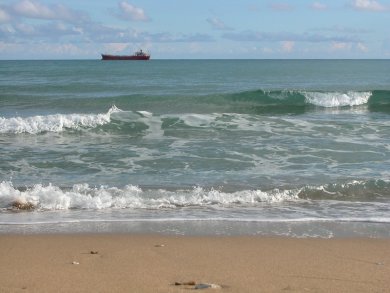The Earth’s oceans are a source of uranium, but due to the low concentration of uranyl ions (UO22+) (3 ppb) and the abundance of other cations the extraction of uranium requires chelating agents with high affinity and selectivity.
Julius Rebek and colleagues, Scripps Research Institute, USA, report a tripodal ligand capable of extracting uranyl ions from aqueous solutions. The ligand consists of a rigid skeleton with three carboxylates that can bind uranyl in a bidentate manner.
Extraction experiments at 400 ppm of uranyl ion showed 59 % of the uranyl ions were extracted into the organic phase. In the presence of Cl−, Na+, Mg2+, Ca2+, K+, and SO42–, at levels similar to those in seawater, the chelating ligand showed high selectivity and no lessening of function with 59 % of UO22+ being transferred to the organic phase.
- Selective Recognition and Extraction of the Uranyl Ion
A. C. Sather, O. B. Berryman, J. Rebek,
J. Am. Chem. Soc. 2010, 132.
DOI: 10.1021/ja1035607




